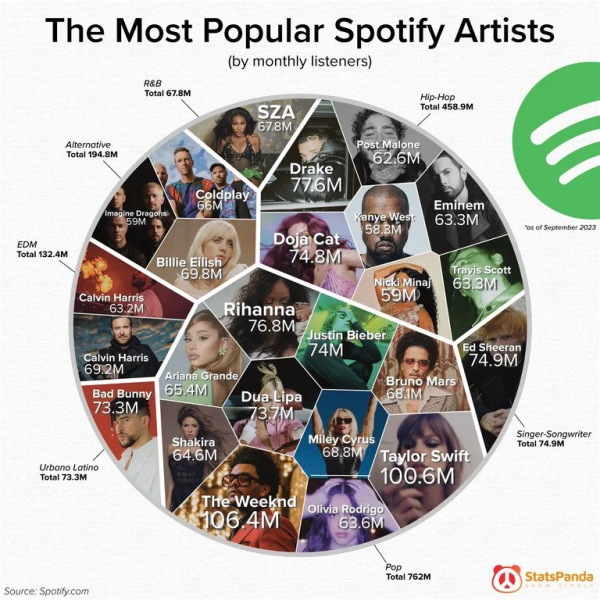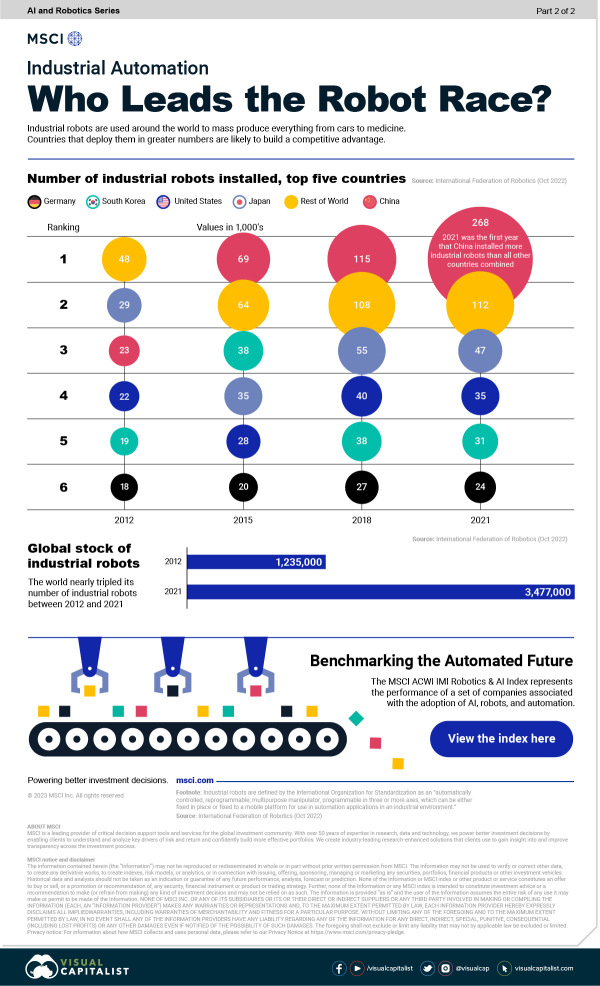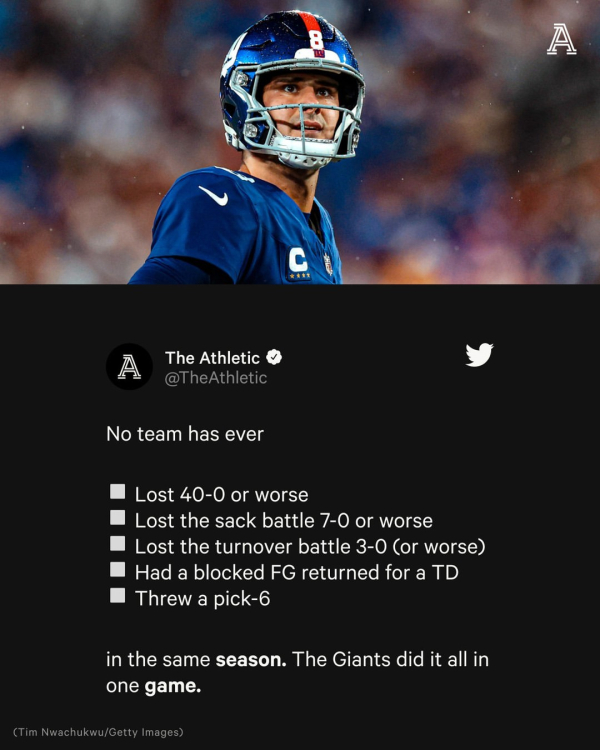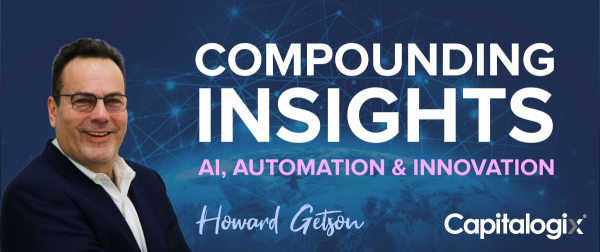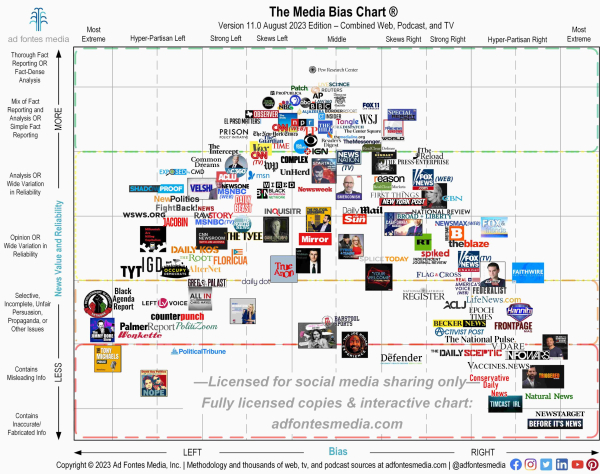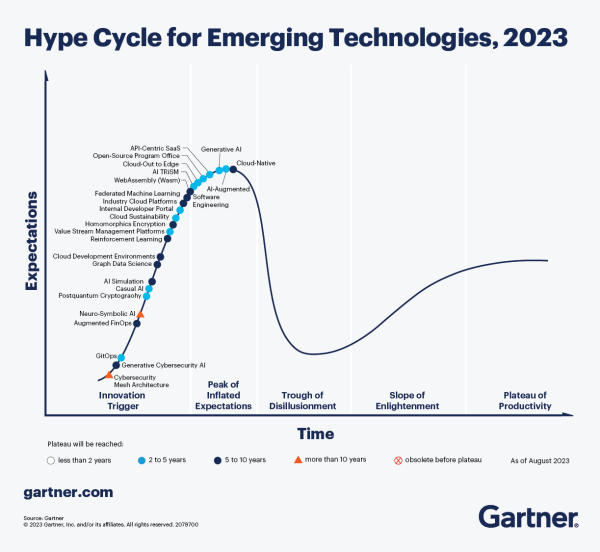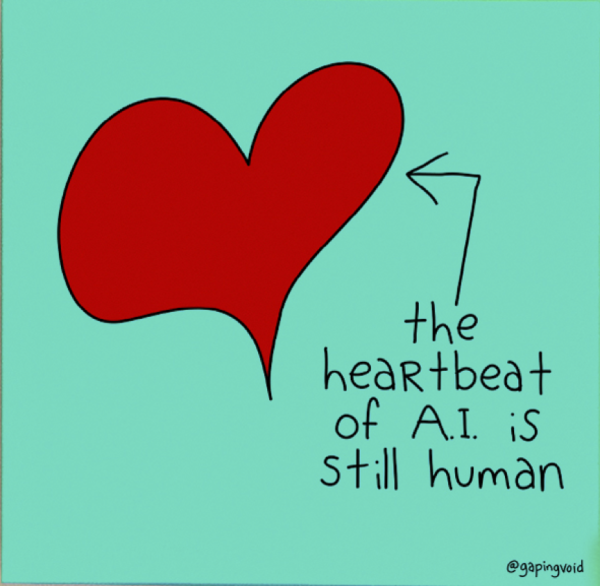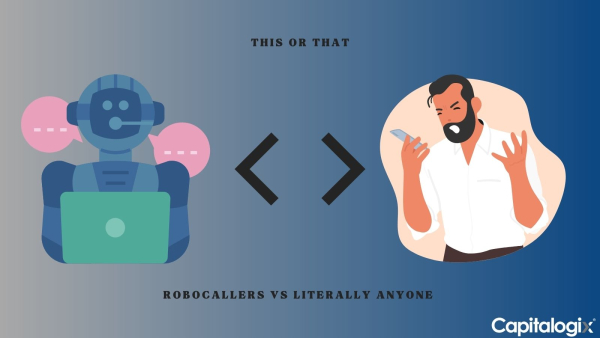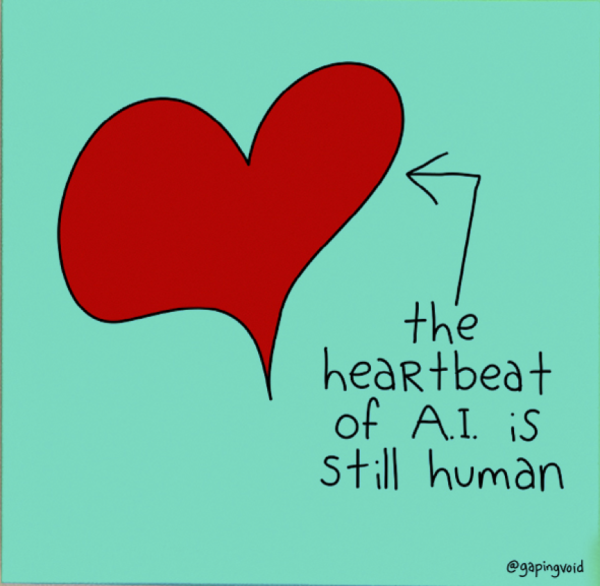My son attended Russell Brunson's annual Clickfunnels conference. They produce some of the most accessible marketing content we've found.

Me and Russell at the Cowboys V. Texans Game in 2016
When attending a conference, the main goal is to extract one key insight and an actionable item to boost your business … even if you're well-versed in the subject.
After events, we conduct debriefing sessions to distill our most significant takeaways and get alignment.
This year's central theme was integrating disparate elements (in this case, "funnels") into a cohesive system and cyclical approach to drive sustainable growth. Russell made a compelling point: many so-called "businesses" are really just a string of promotions. According to his definition, a true business requires recurring revenue and continuity.
Aspiring entrepreneurs often impulsively shift from one idea or product to the next. They hastily launch their ventures, make a modest profit, and swiftly move on to the next endeavor, trying to stay on top of trends. Unfortunately, they neglect product development and fail to maintain their existing promotions in their haste to get to "next." Consequently, their businesses become incredibly fragile, susceptible to external shocks such as the unexpected disruptions of events like COVID-19, sudden market crashes, or social media platform crackdowns, which can ultimately lead to their demise
Like most great lessons, it's fractal. If you've been paying attention, you'll see how we've shared this idea before. So, I want to tell the same story from those other perspectives.
Selling Picks and Shovels
Most of us have heard the old adage about selling picks and shovels during the gold rush.
During a gold rush, many people rush to the goldfields to strike it rich by finding valuable gold nuggets. However, most gold rush participants do not find gold.

Often, the people who make the most money are the ones selling picks and shovels (goods and services) to the speculators. Said a different way, profits often flow to people who provide the systems and infrastructure that enable others to dream of a bigger and better future.
It's not sexy, but it's reduced risk, consistent demand, and a long-term perspective. When the mine dries up, you move on to the next mine and patiently stack your gold nuggets.
And, there's a plethora of opportunity that isn't selling picks and shovels. You can build temporary lodgings, open a bar, and of course, you can't forget the world's oldest profession … trading.
Leveraging AI
It's easy to compare the AI race to the gold rush, but it's much more than that. Both the AI race and the gold rush generated significant hype and excitement. In both cases, there's a sense of a potentially life-changing opportunity, which attracts a herd of energized early movers looking for their big break. Just as gold prospecting was a risky and uncertain endeavor with no guarantee of success, the AI race is characterized by uncertainty and fear. Many are afraid, not just of losing their jobs, but of how to best use the technology.
As a result, you see a sea of people adopting every new app they can find, all to continue treading water in their business.
This occurs because people forget that AI is simply a tool – not the goal. They get blinded by the bright shiny objects, those glitters of gold near the top, that they don't do the hard work to find the bigger nuggets below the ground. All those tools are great, just like the promotions Russell mentioned. However, they're often distractions from building or buying something custom to your needs and focused on your bigger future.
To raise the stakes a bit, one of the biggest difference between the AI race and the gold rush, is the lasting impact. While the gold rush did lead to some lasting economic and infrastructural changes in certain areas, the AI race is going to significantly transform entire industries, economies, and societies over the long term.
The Capitalogix Advantage: A Solid Platform For Success
In our office, we think of this idea as the difference between a capability, a prototype, a product, and a platform. Building a platform (and a community) is how you become an institution and a game-changer.
When you start with that mindset, you can be the picks and shovels, you can be the hotels and hospitals, but you can also be the miner looking for the next big thing. That's what Capitalogix does for ourselves and our joint venture partners.
Continuity and recurring revenue create the bandwidth for innovation and ideation.
We have developed a fault-tolerant infrastructure because we have experienced fires, floods, Internet failures, the Snowpocalypse, bad data, missing data, and human error … not to mention Trump Tweets or COVID-19. That means our tools are built on a solid infrastructure supported by extensive experience.
And, while we've pivoted since inception, our vision and our "why" haven't. Joint ventures and new technologies are steps on our journey to our vision, not short-term promotions and distractions.
It's a small distinction with a massive impact.
When you're exploring the Wild West, whether it's in a gold rush, an AI boom, or in the world of e-commerce, your chances of success rise rapidly with a goal, a why, and a plan.
Hope that helps.
